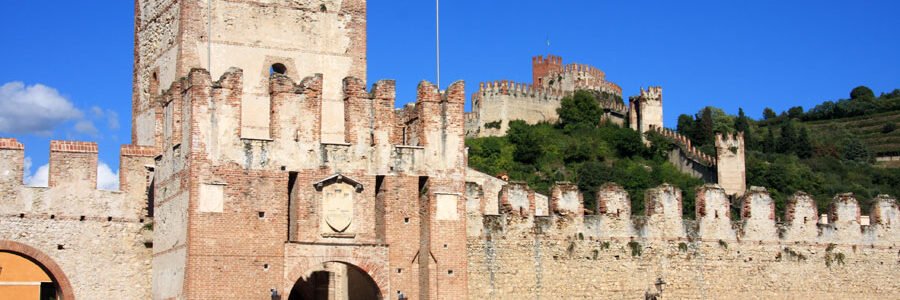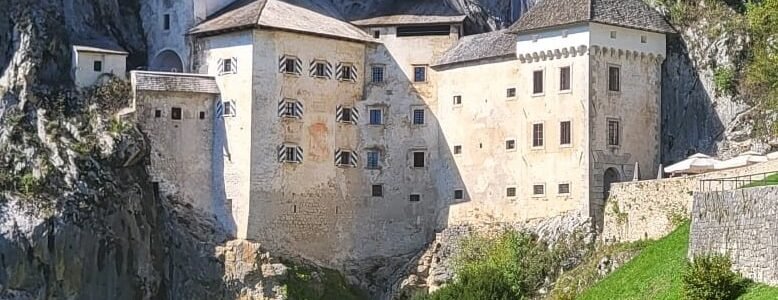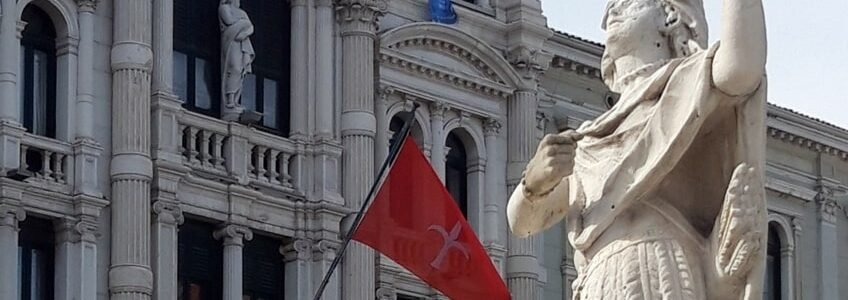A Guide to Slovenia
A Guide to Slovenia
A Guide to Slovenia
Slovenia quietly surprises. Tucked between Italy, Austria, Croatia, and Hungary, it’s a country that slips under most radars — and then stays with you long after you’ve left. Compact but never cramped, Slovenia feels like multiple countries in one, stitched together by forests, rivers, and red-roof towns. This guide isn’t a list of what to check off — it’s an invitation to experience the country at your own rhythm.
Ljubljana: Small Capital, Big Heart
Start in the capital, where everything is walkable and nothing feels rushed. Ljubljana isn’t built to overwhelm; it welcomes. The Ljubljanica River runs through its center, bordered by leafy promenades and cozy cafes. Bridges — Dragon, Triple, Butcher’s — connect more than streets; they link eras and moods.
Climb up to Ljubljana Castle not just for the view, but to feel how the city cradles its history. The open markets, the street musicians, the local bookstores with worn corners — they tell you this isn’t a city in a hurry. Pause. Look. Stay longer than you planned.
Alpine Adventures in the Northwest
Head toward the Julian Alps and you’ll feel the land begin to rise — not just geographically, but emotionally. Lake Bled may be the icon, but it earns its fame: morning mist, bell-tower chimes, and reflections that don’t need filters. Hike around it. Take the trail up to Ojstrica. Watch the lake change colors.
Bohinj is close, and quieter. Deeper, too — not just in the water, but in feeling. It’s a place to hike, to swim, to be silent. The nearby Savica waterfall and Vogel mountain trails offer day-long excursions that leave you grounded and tired in the best way.
If you’re coming from Austria or Germany, a Transfer from Salzburg to Rovinj can smoothly link you through Slovenia’s alpine corridor — perfect for those connecting coastlines and mountains in one journey.
Karst Mysteries and Coastal Calm
The Karst region brings a different texture: limestone, wind-shaped trees, and underground rivers. Postojna and Škocjan Caves are popular, but it’s the lesser-known paths around Štanjel and Vipava that give space to breathe and explore. Try the local teran wine, aged in stone cellars that whisper of old seasons.
From here, head to the sea. Slovenia’s coastline is only 46 kilometers, but it folds in Piran, Izola, and Koper — each with its own voice. Piran is all angles and arches, a town that belongs in both a painting and a memory. Sit by the harbor, order seafood, and watch the sun flatten into the Adriatic.
Eastern Slovenia: Wine, Time, and Stillness
Drive east and the tempo shifts. Maribor offers a blend of student energy and riverside calm, with the oldest vine in the world climbing its house walls. But the deeper you go — into Jeruzalem and Prekmurje — the more Slovenia opens up.
These regions offer long views and slow hospitality. Vineyards run to the horizon. Villages offer open doors, fresh bread, and wine without a name. Prekmurje especially feels like time forgot it, in the kindest way. You’ll hear Hungarian spoken. You’ll eat layered pastries with names that don’t translate. You’ll stay longer than planned — again.
Ways to Move and Moments to Keep
Slovenia invites detours. Rent a car, take a train, hike between villages. You don’t have to move fast to see more. Ask locals about mushroom trails, or where to swim when it’s hot. You’ll likely find a place not on your map, and it will become your favorite.
Public transport is reliable, especially between major cities. But the best routes — the ones that lead to a viewpoint, a waterfall, or a sheep pasture — are often unmarked. Let yourself get a little lost.
Plan with Care, Explore with Curiosity
No matter the route, Slovenia rewards those who take their time. Visit during shoulder seasons for fewer crowds. Try small guesthouses over big hotels. Learn a few local words — even “hvala” (thank you) goes a long way.
For insider tips on backroads, seasonal traditions, and planning surprises worth making room for, the Official Slovenia Tourism Site offers more than directions — it offers perspective.
Why Slovenia Lingers
Some countries impress. Others stay with you. Slovenia does both — quietly. It’s the sound of water over limestone, the sight of alpine light bouncing off green slopes, the taste of something you can’t quite name but want more of. It’s not just a destination. It’s a feeling that follows.
Come with no expectations. Leave with stories you didn’t mean to collect.
We also maintain verified profiles on several trusted platforms. See where else you can find TripCom online.
A Guide to Slovenia
Slovenia brings together alpine views, karst landscapes, castles, and vineyards—all within a few hours’ drive. But the real value isn’t in the distance—it’s in the contrasts. Every region tells its own story, and none of them feel alike.
This guide includes highlights both famous and quiet—whether you’re walking the streets of Celje or standing at the edge of the Skocjan Caves, the country keeps unfolding in layers.
- A historic city shaped by counts and culture
- Where underground rivers echo through stone halls
- A peaceful estate with political history
- A castle built into the cliff, not beside it
- A lake, a church, a view you’ll remember
- Wine, festivals, and the oldest vine on earth
From limestone to lakes—one country, many settings
You can start in the caves of the Karst region, move through castle towns in central Slovenia, and end up sipping wine on a terrace in Maribor. There’s no single way to experience the country. The north feels different from the south, the east from the west—and that’s the point.
- Ideal for curious travelers who like a balanced itinerary
- Each destination brings a shift in landscape and rhythm
- Works well for road trips, rail travel, or guided routes
- Mix of nature, architecture, history, and local life
- Accessible year-round with activities in every season
You don’t just visit Slovenia—you follow its rhythm
A guide to Slovenia should feel like an invitation, not a checklist
For official maps, travel routes, and event info, visit the Official Slovenia Tourism Guide.
RECENT POSTS
- Postojna Cave Guide August 23, 2025
- Bolzano City Guide August 23, 2025
- Split City Guide August 23, 2025





























































Leave a Comment